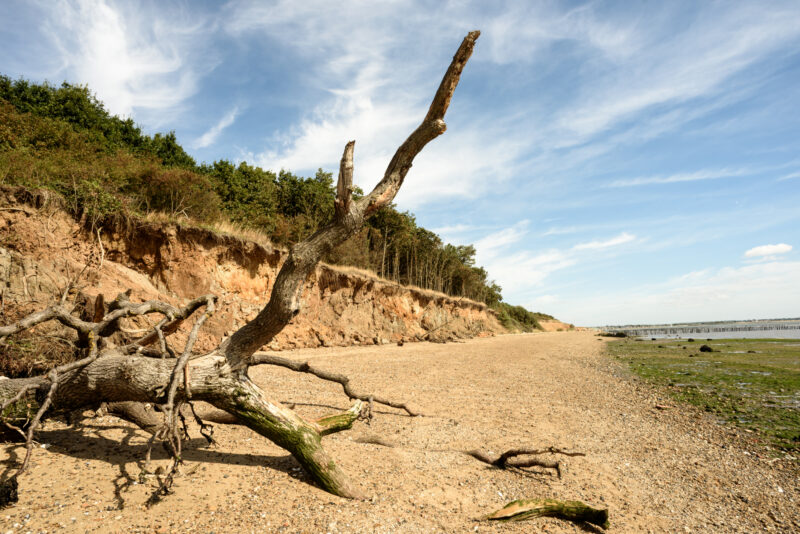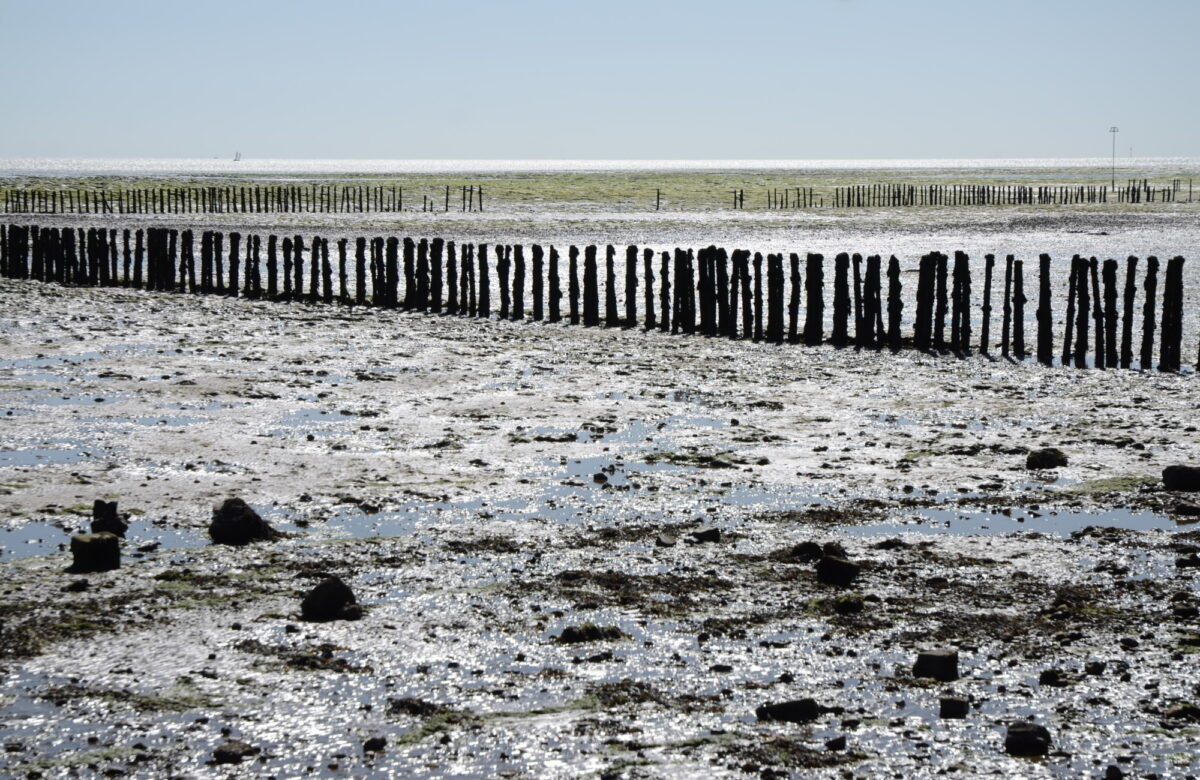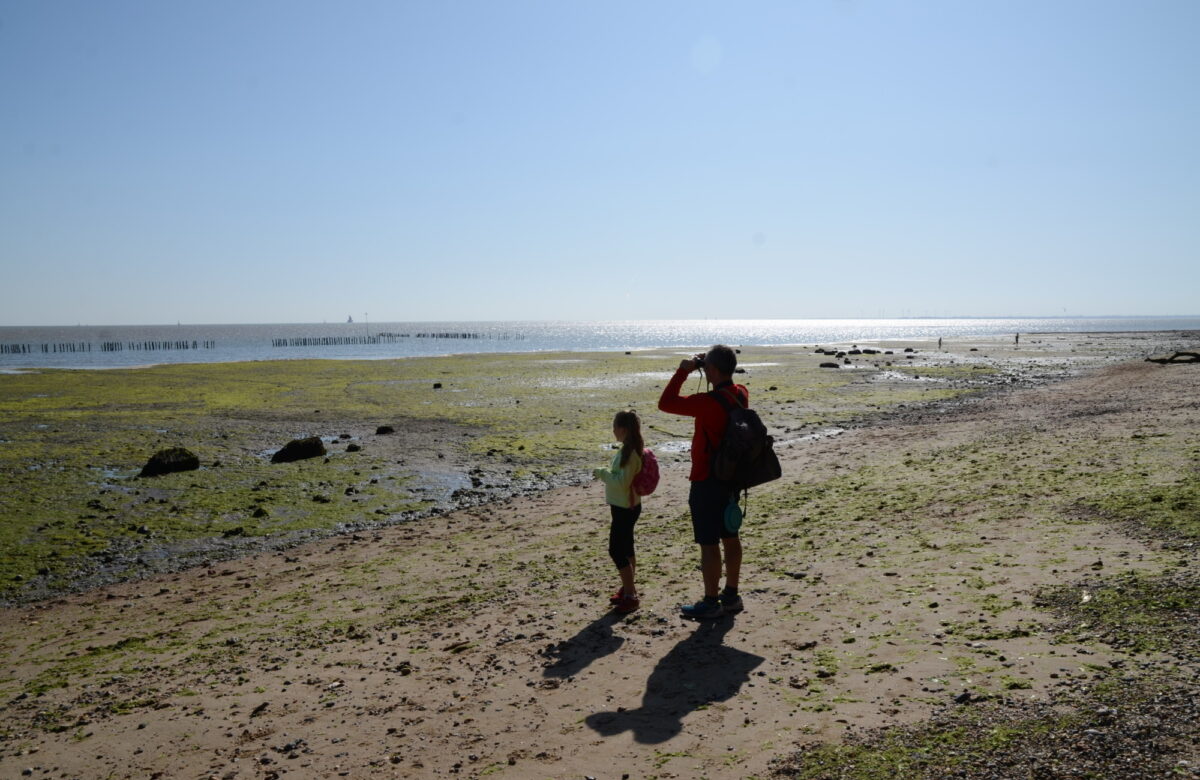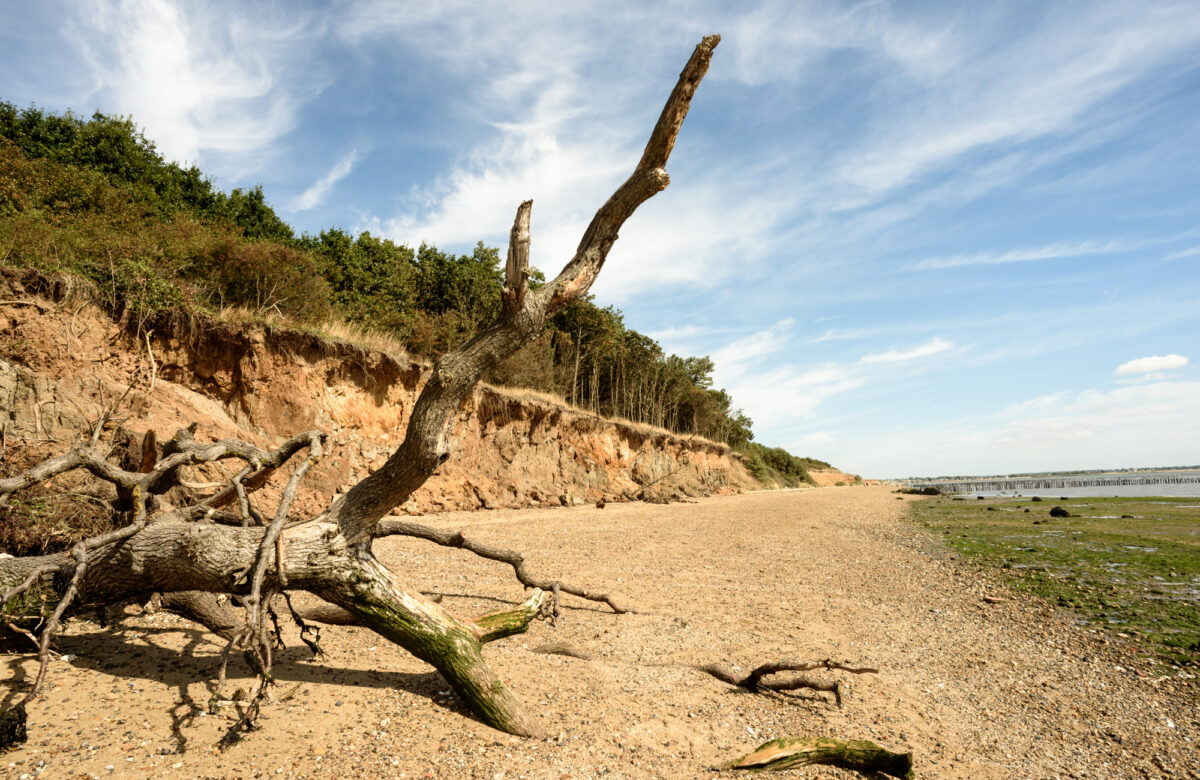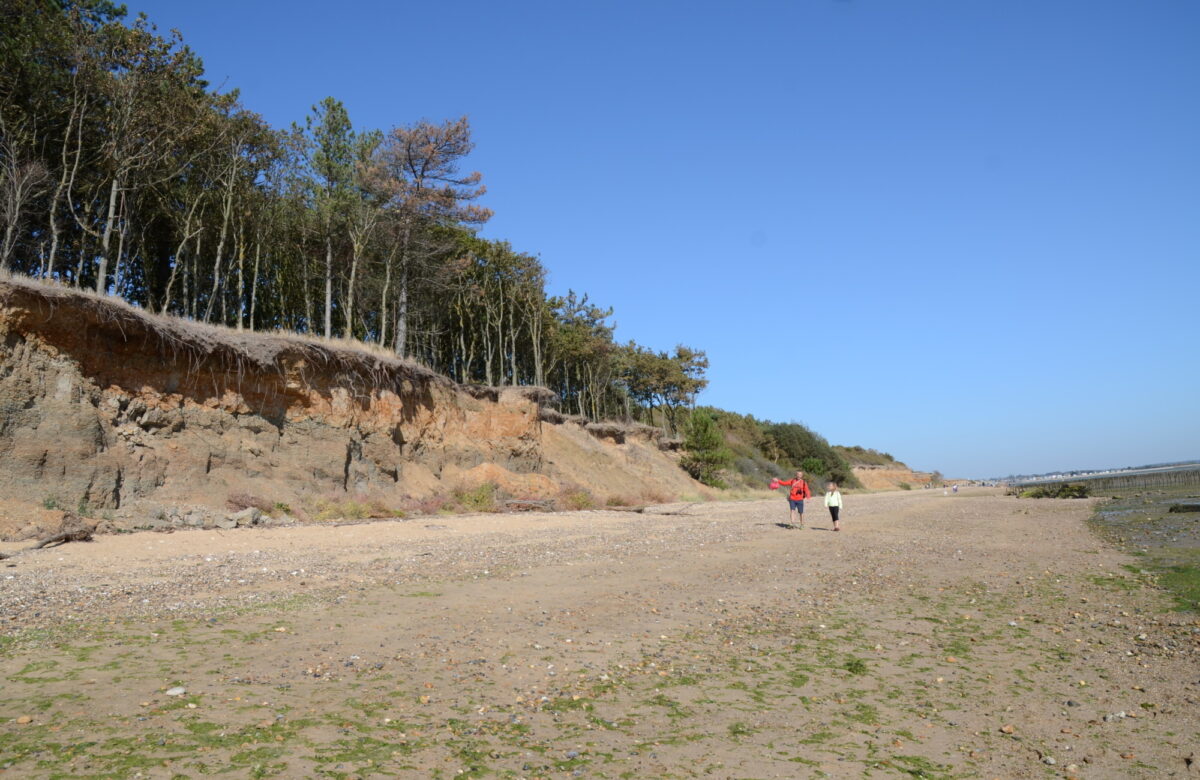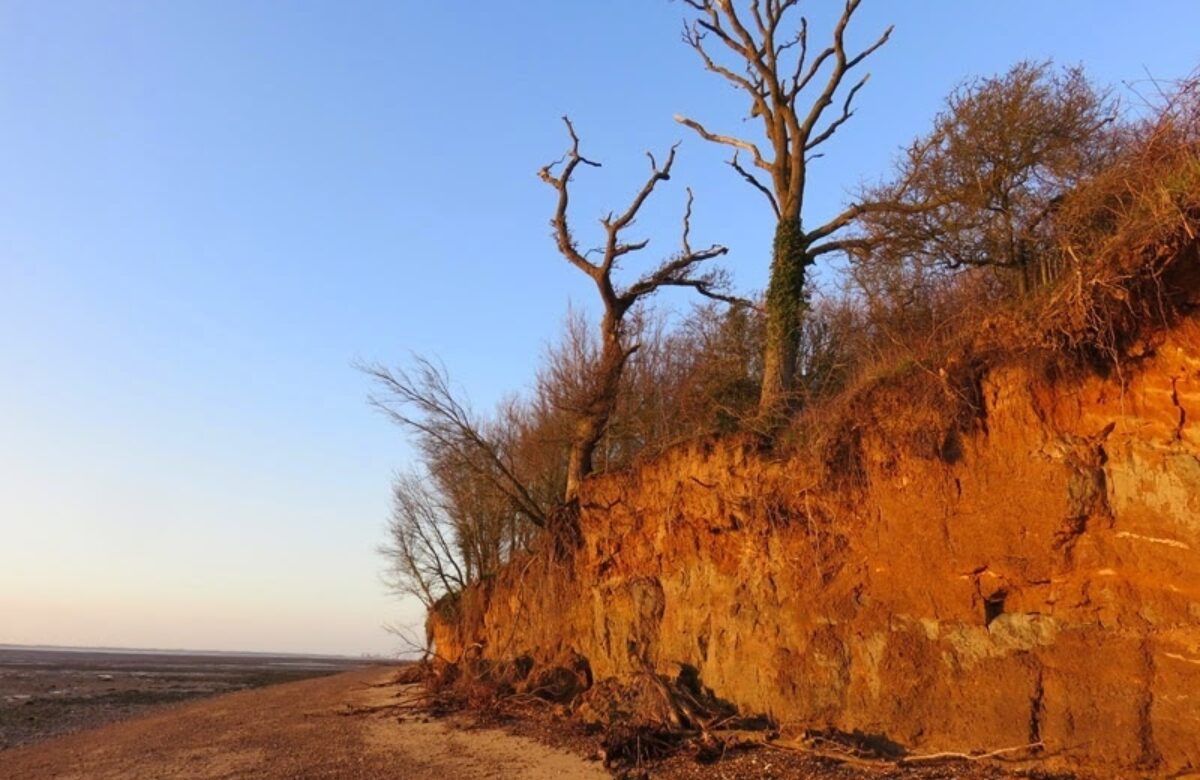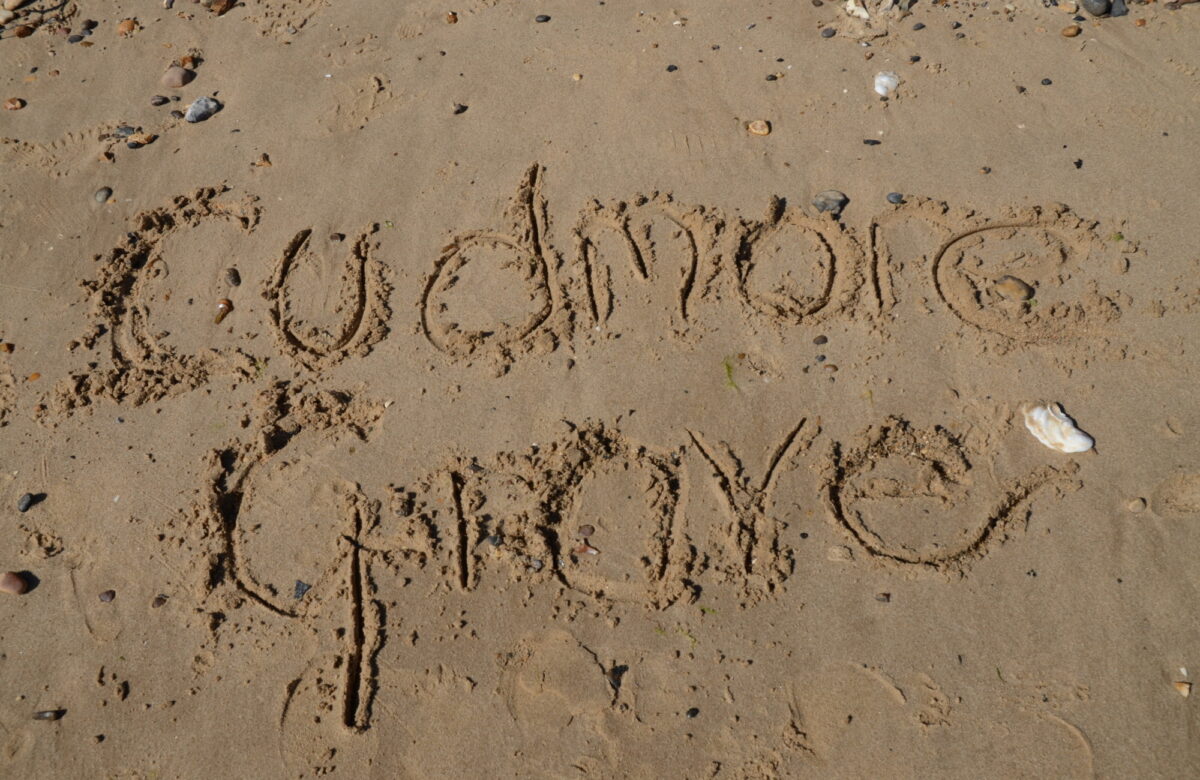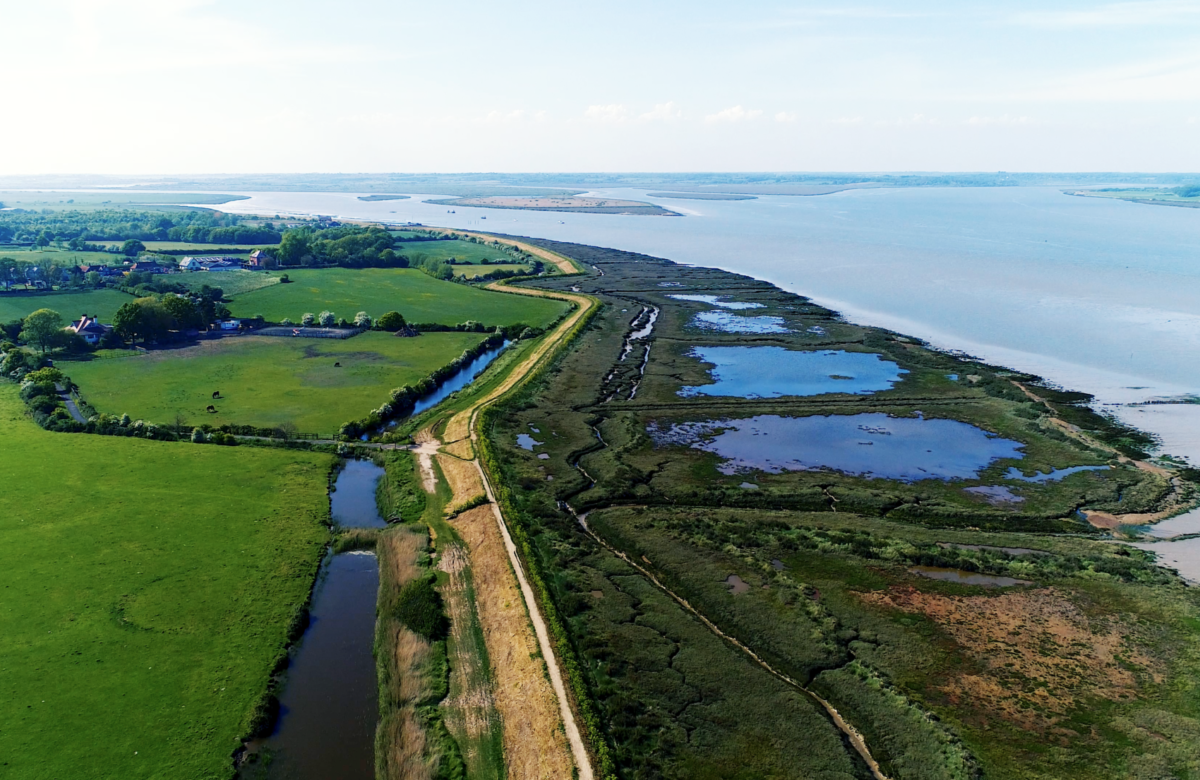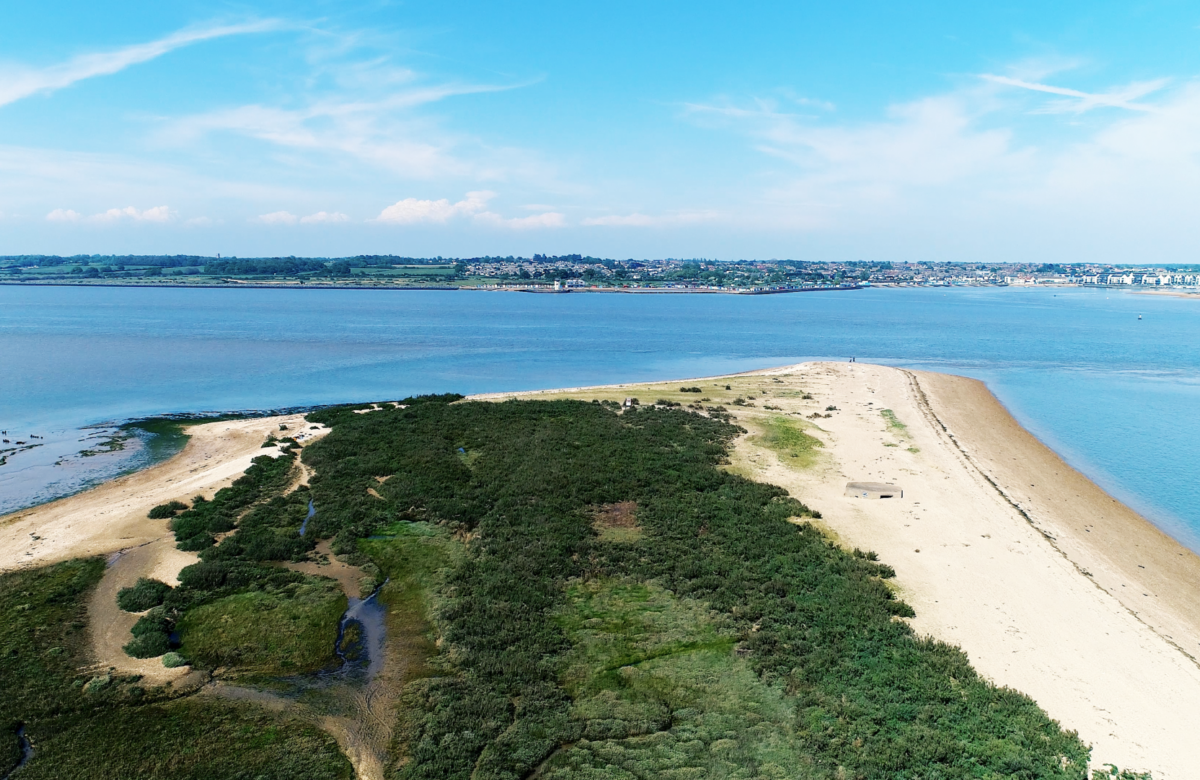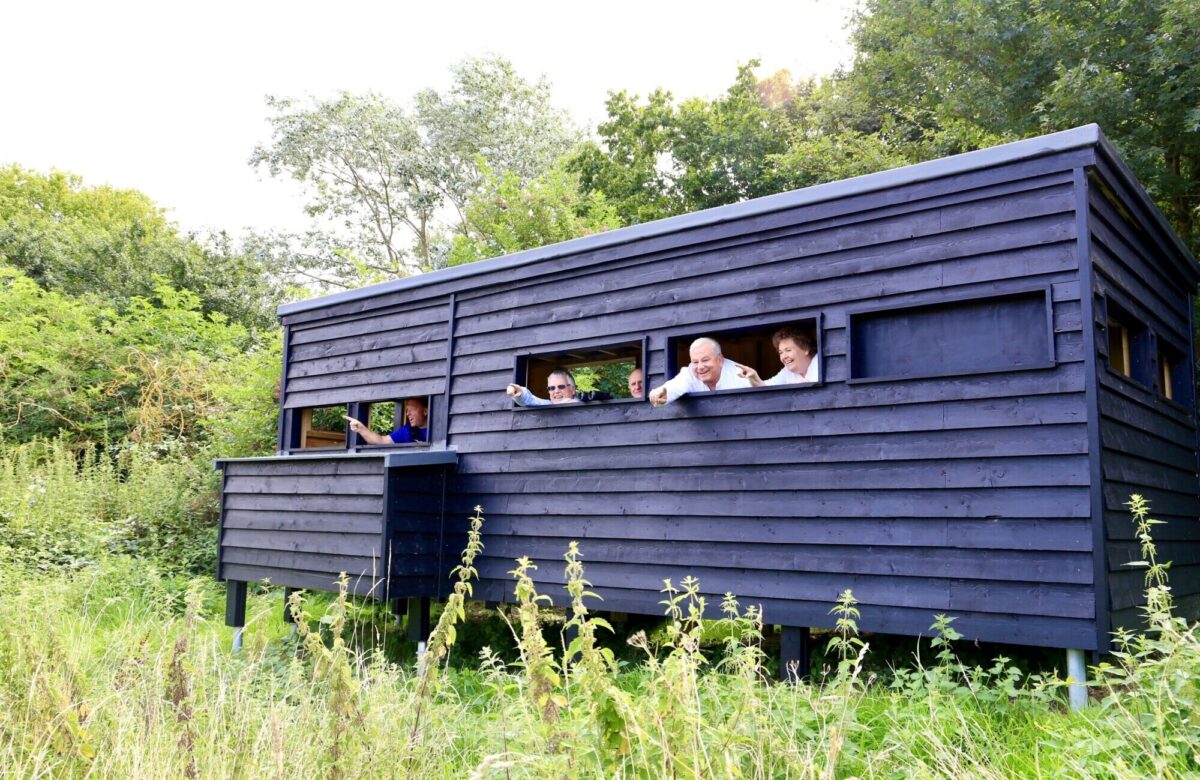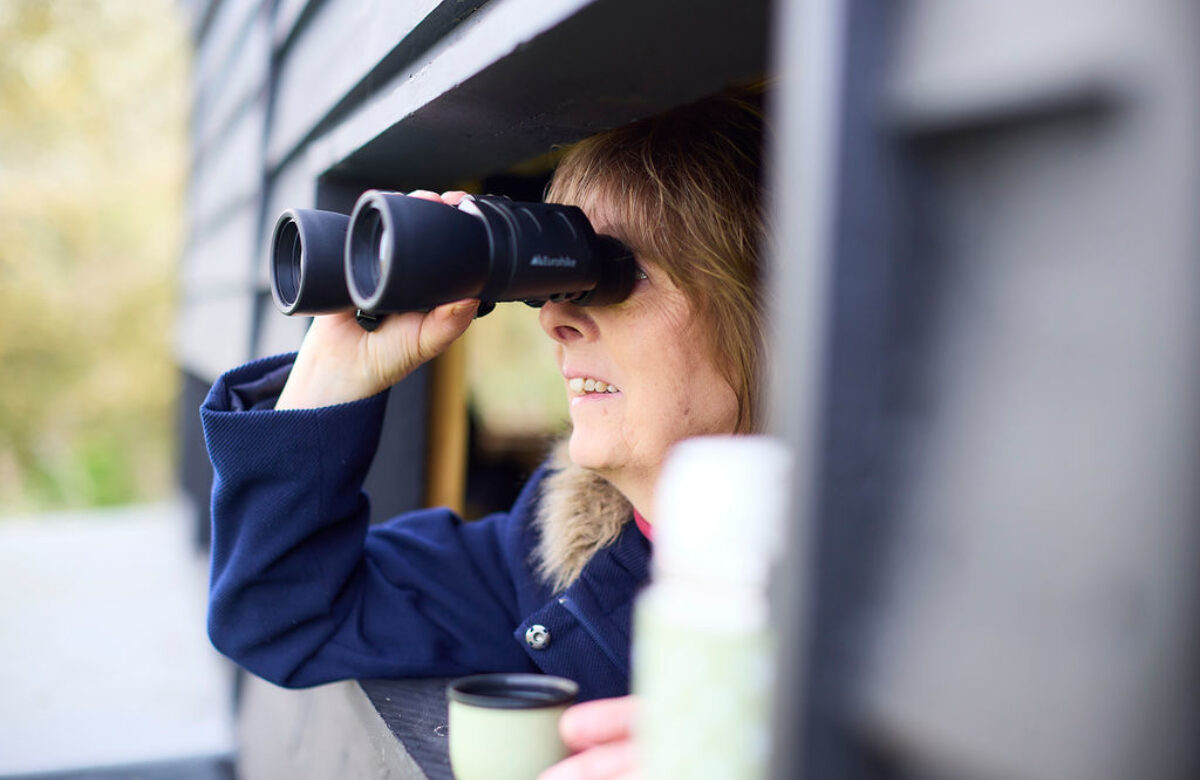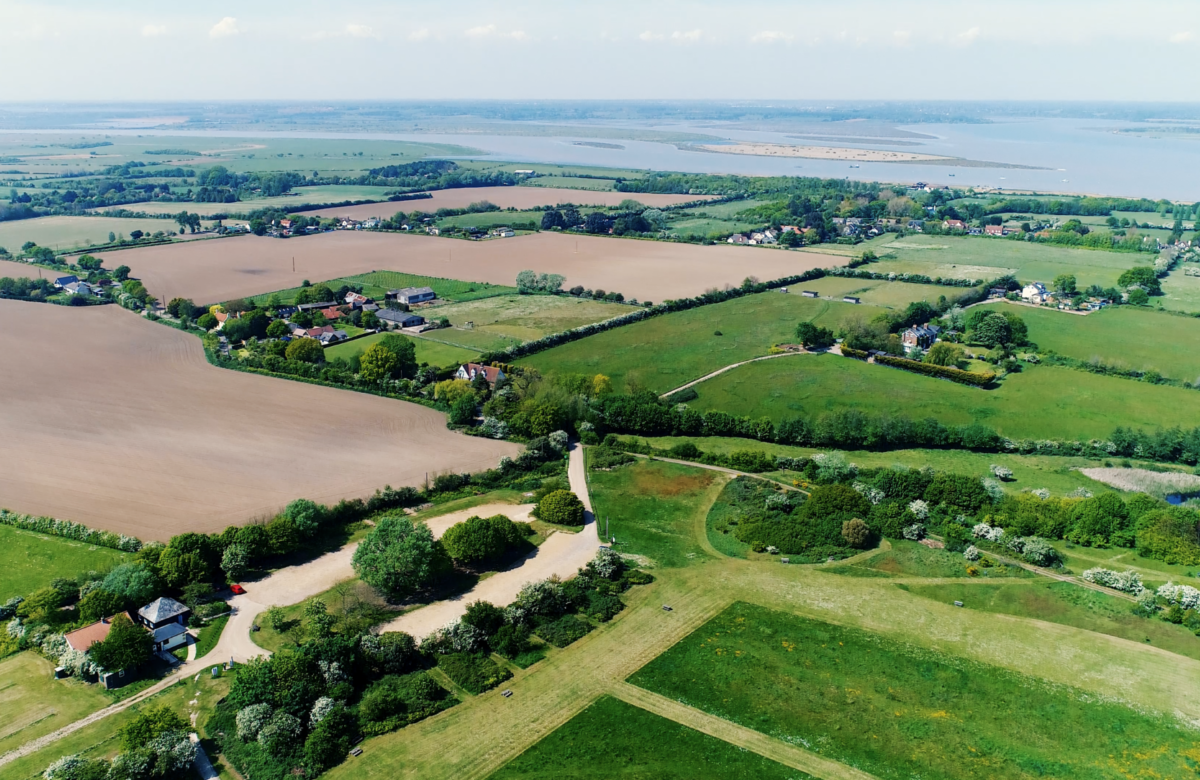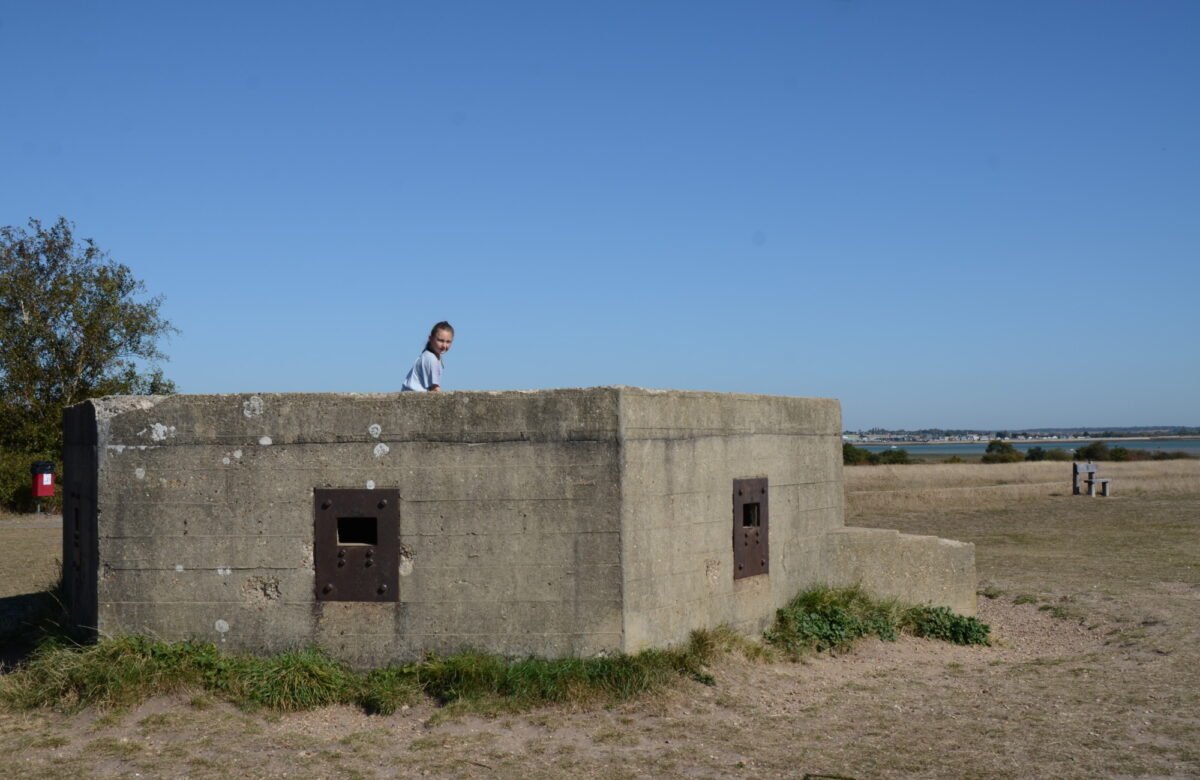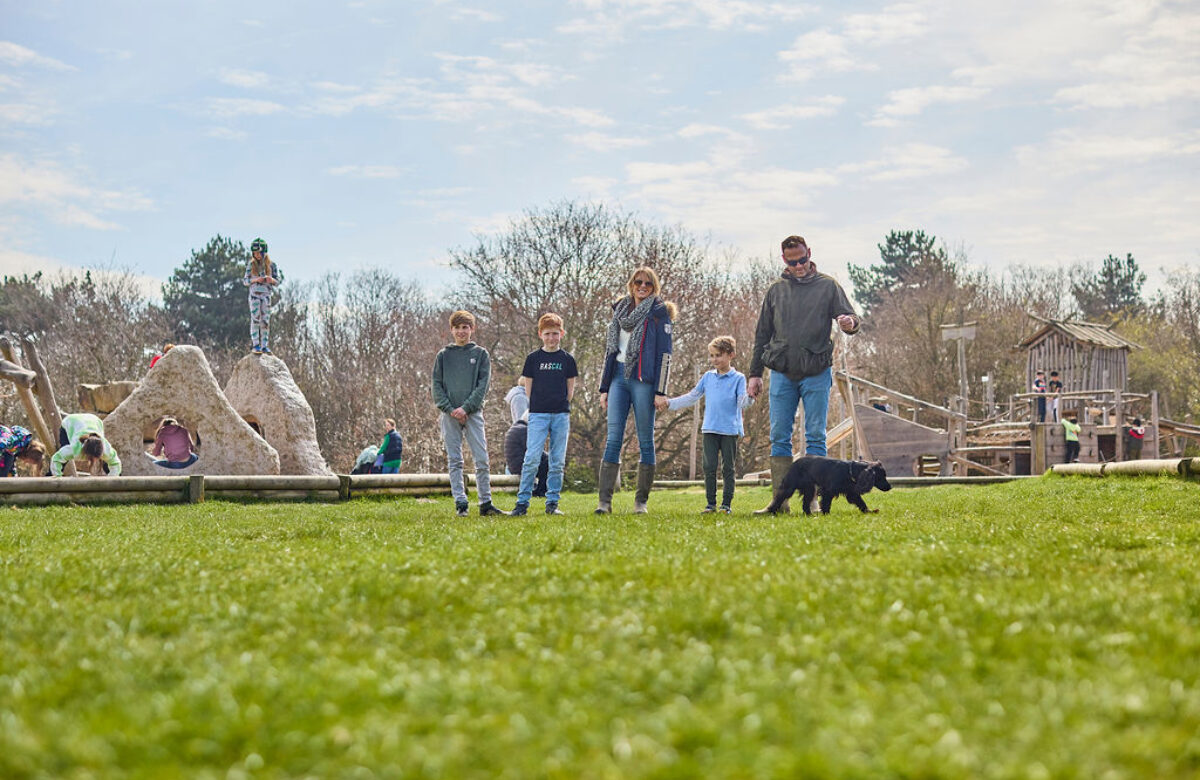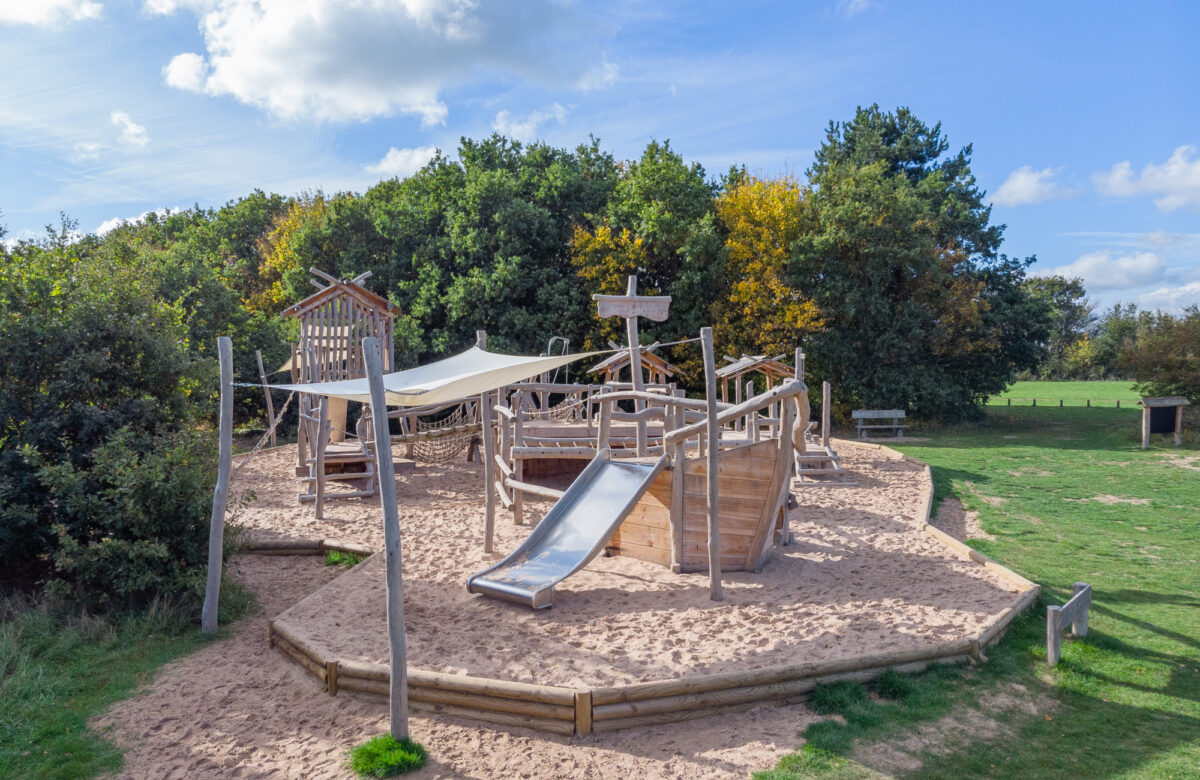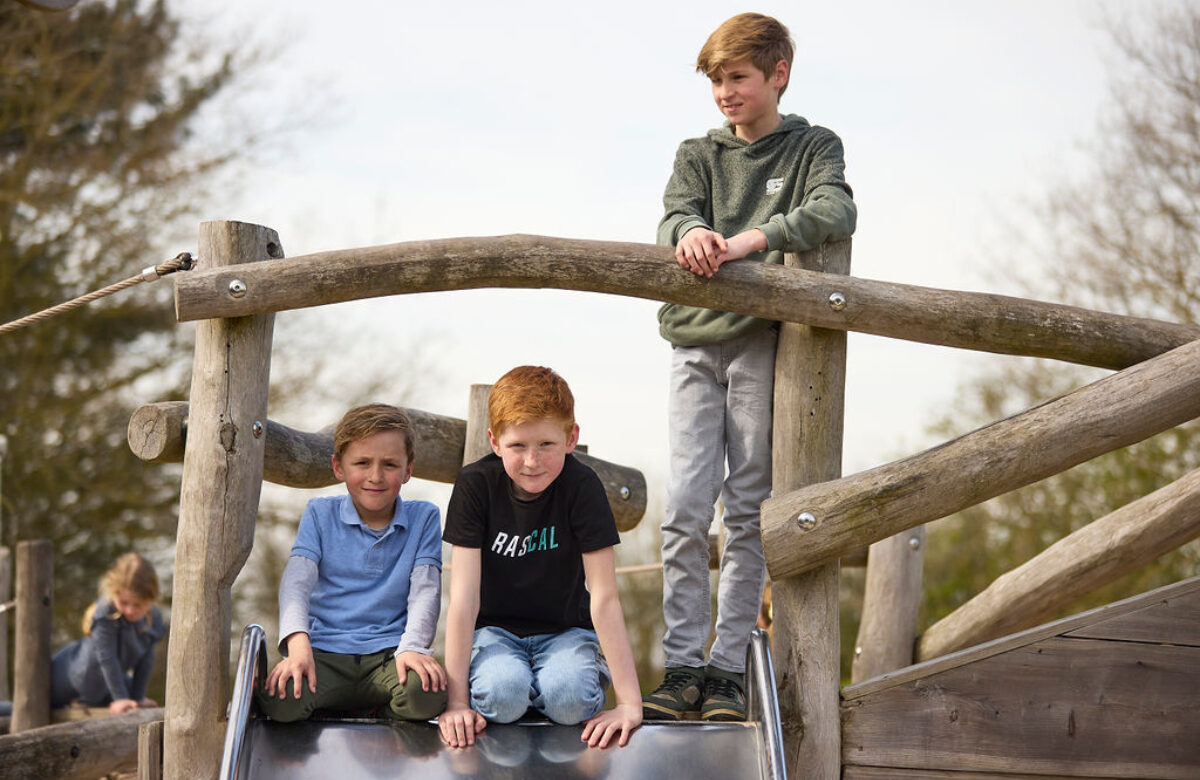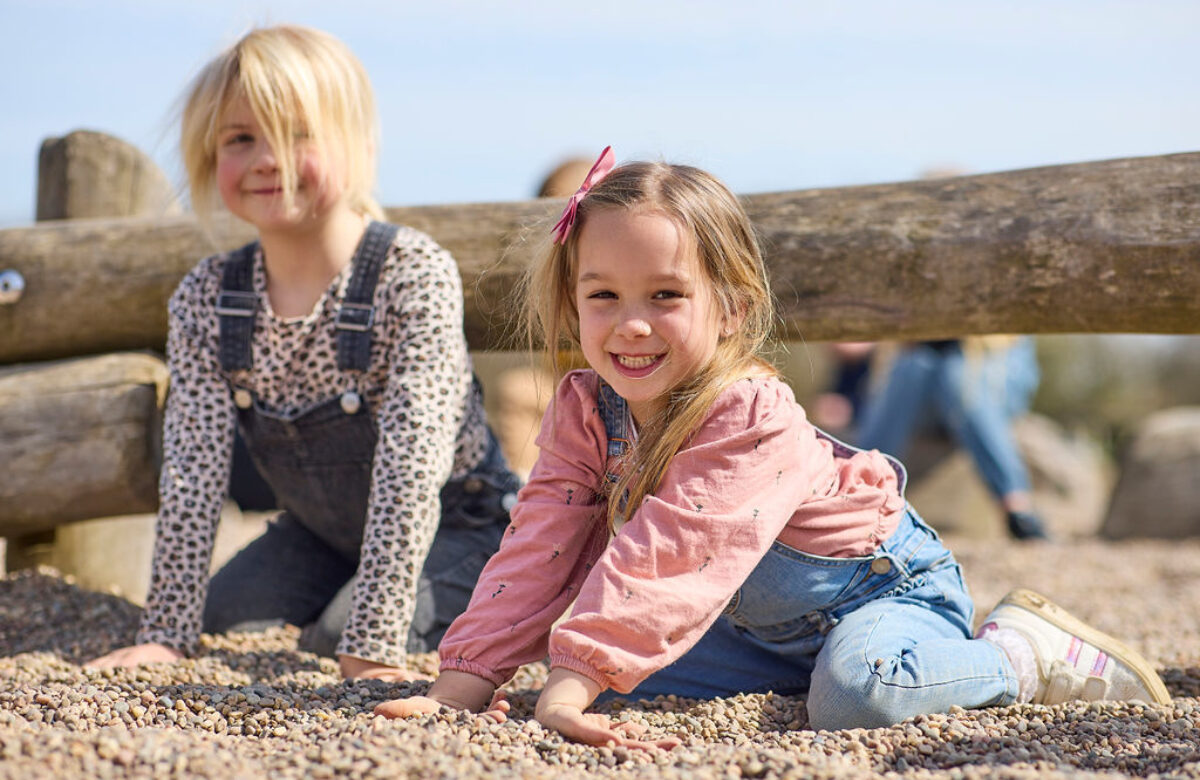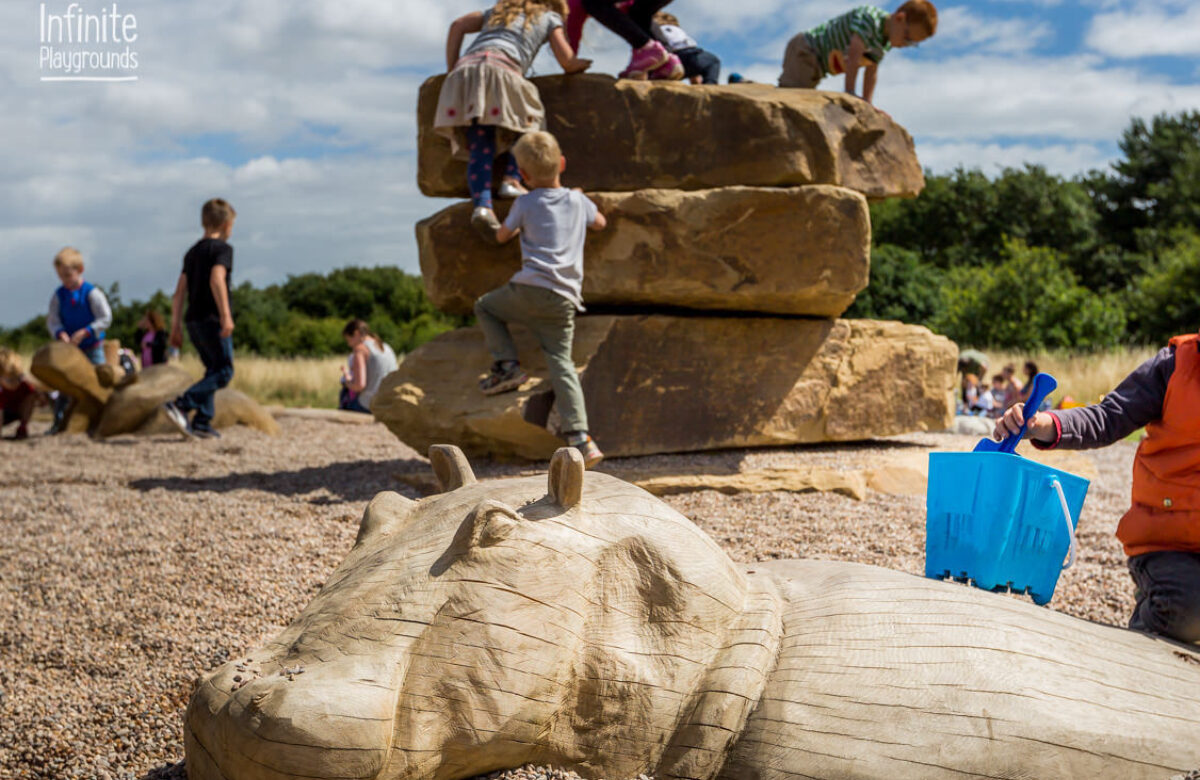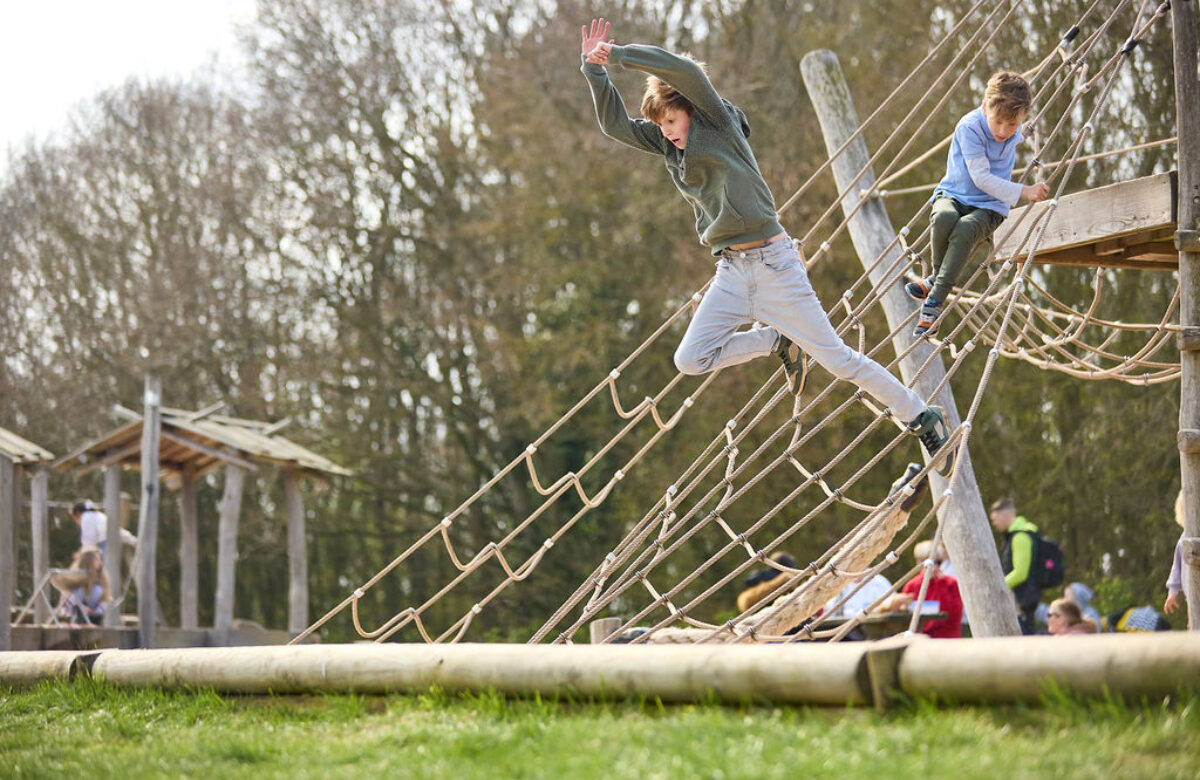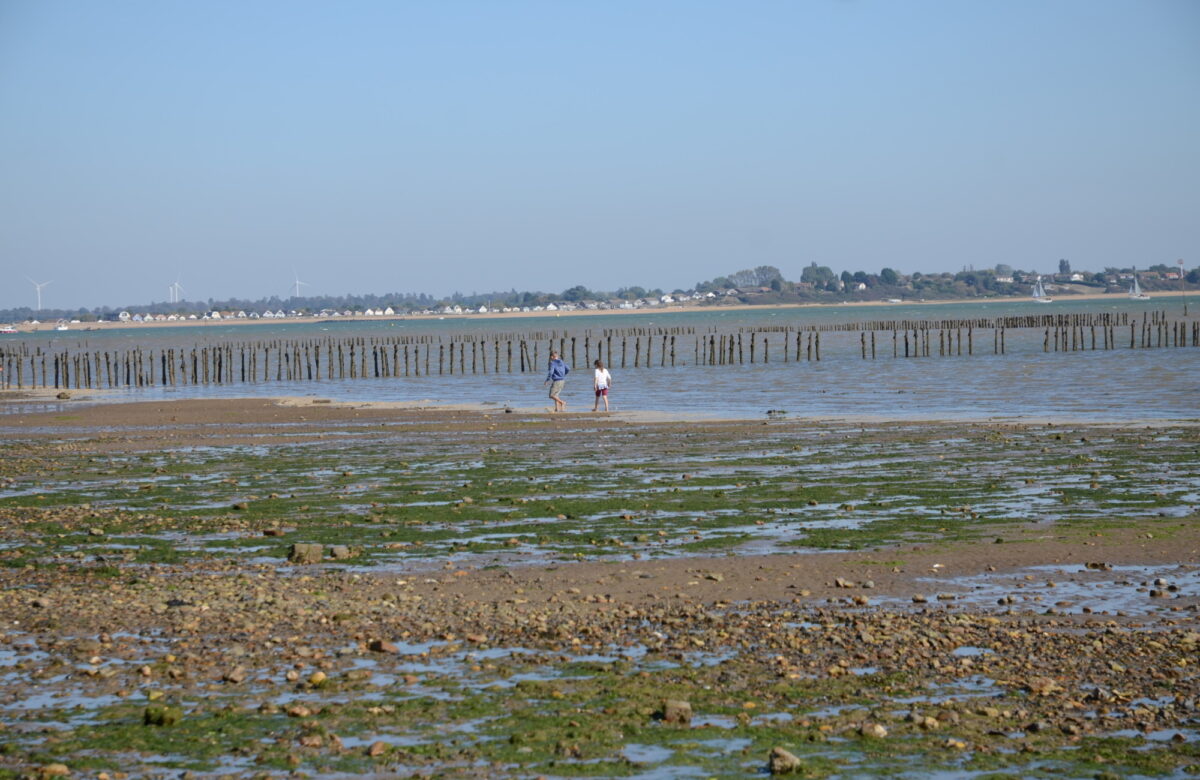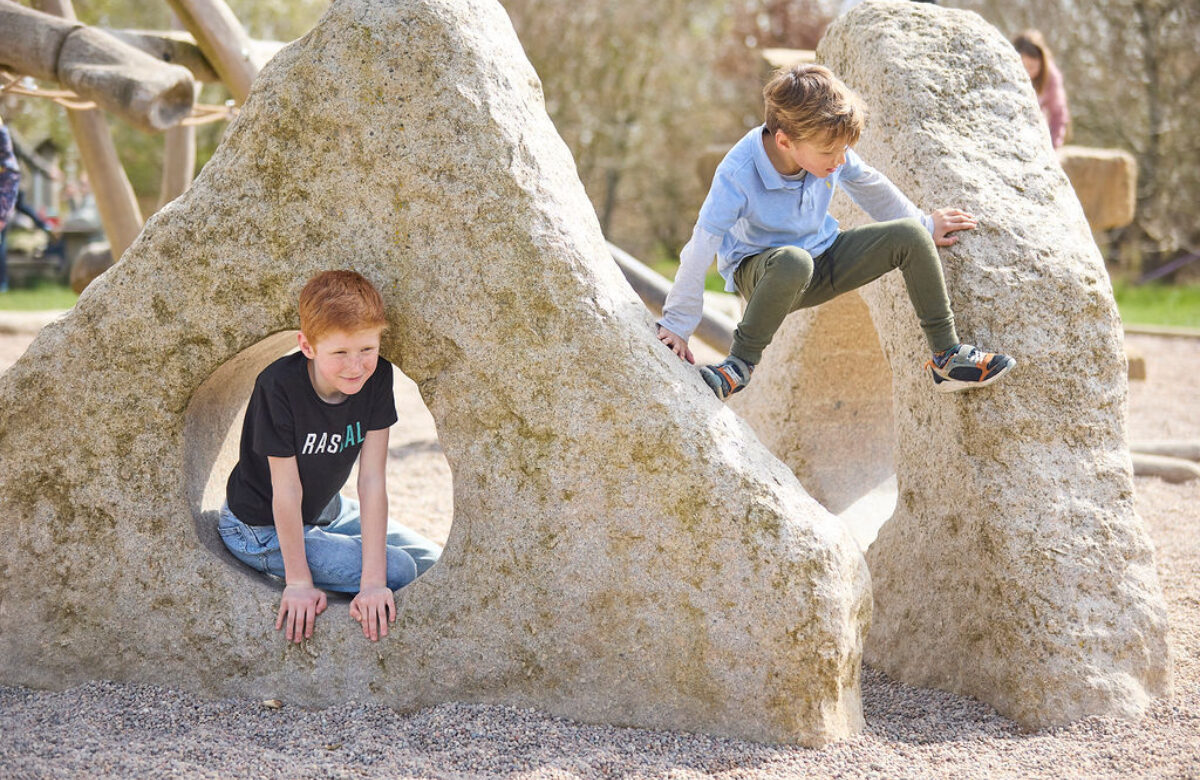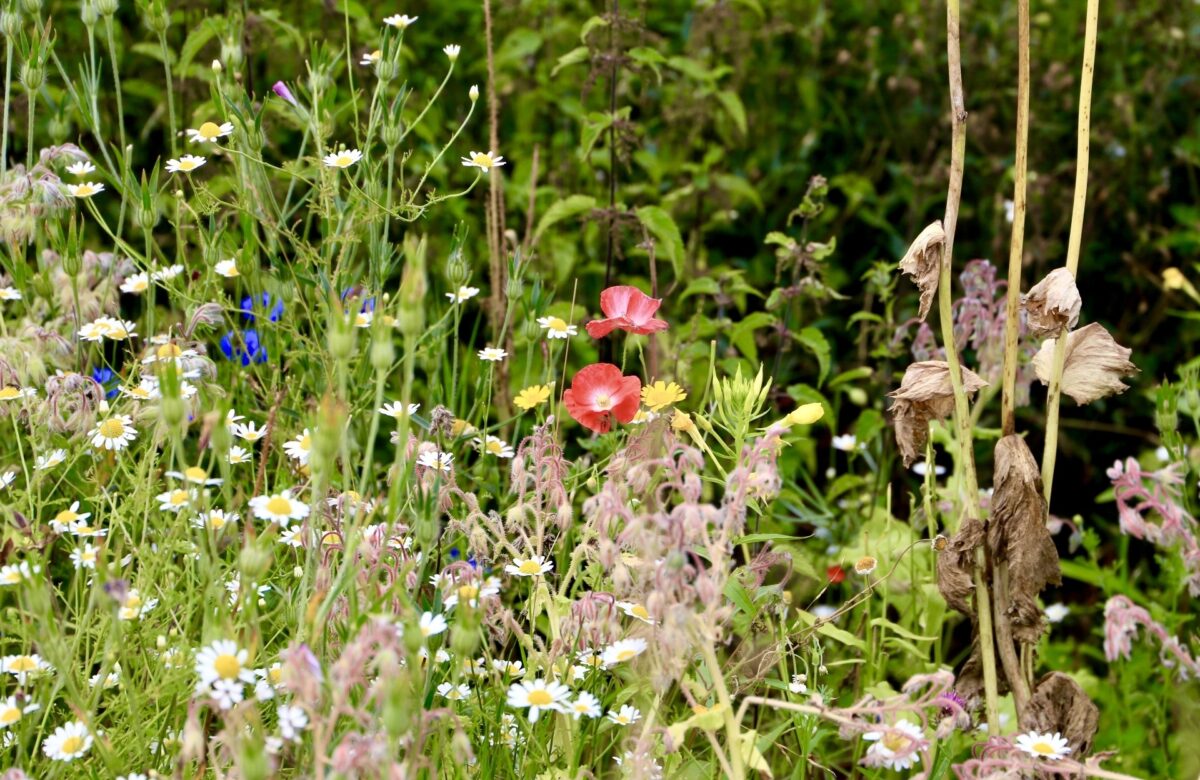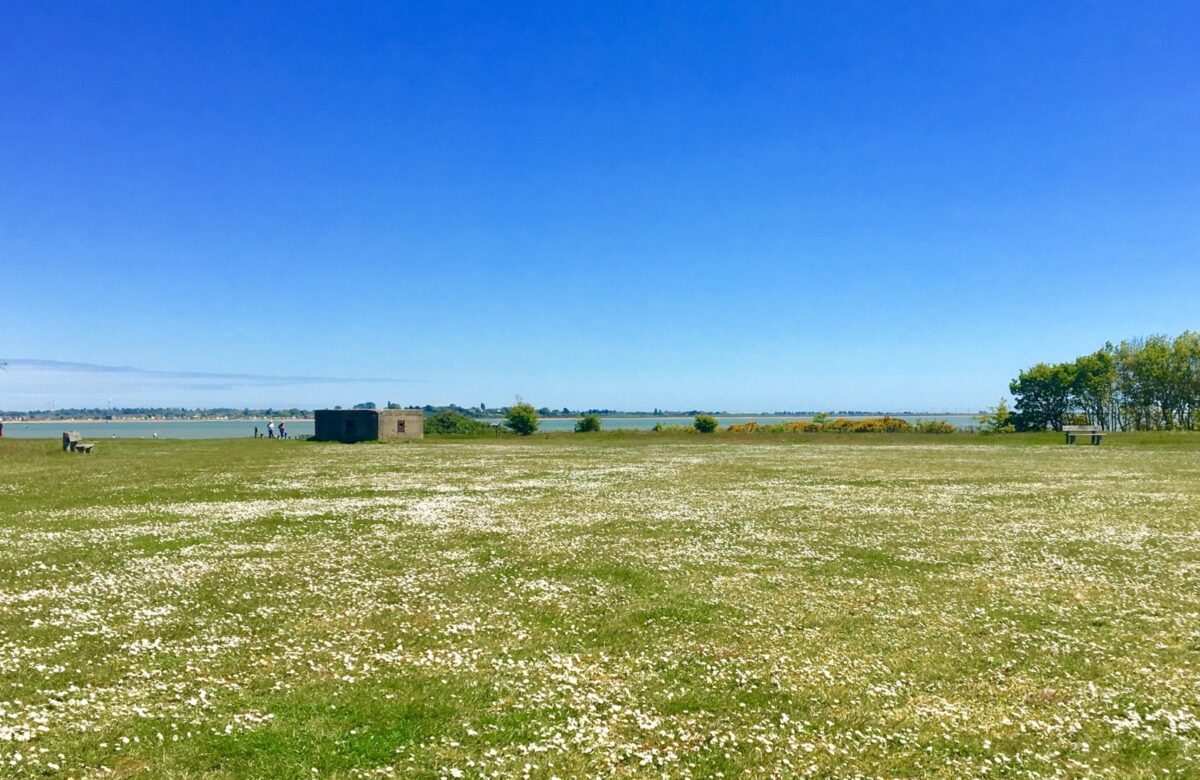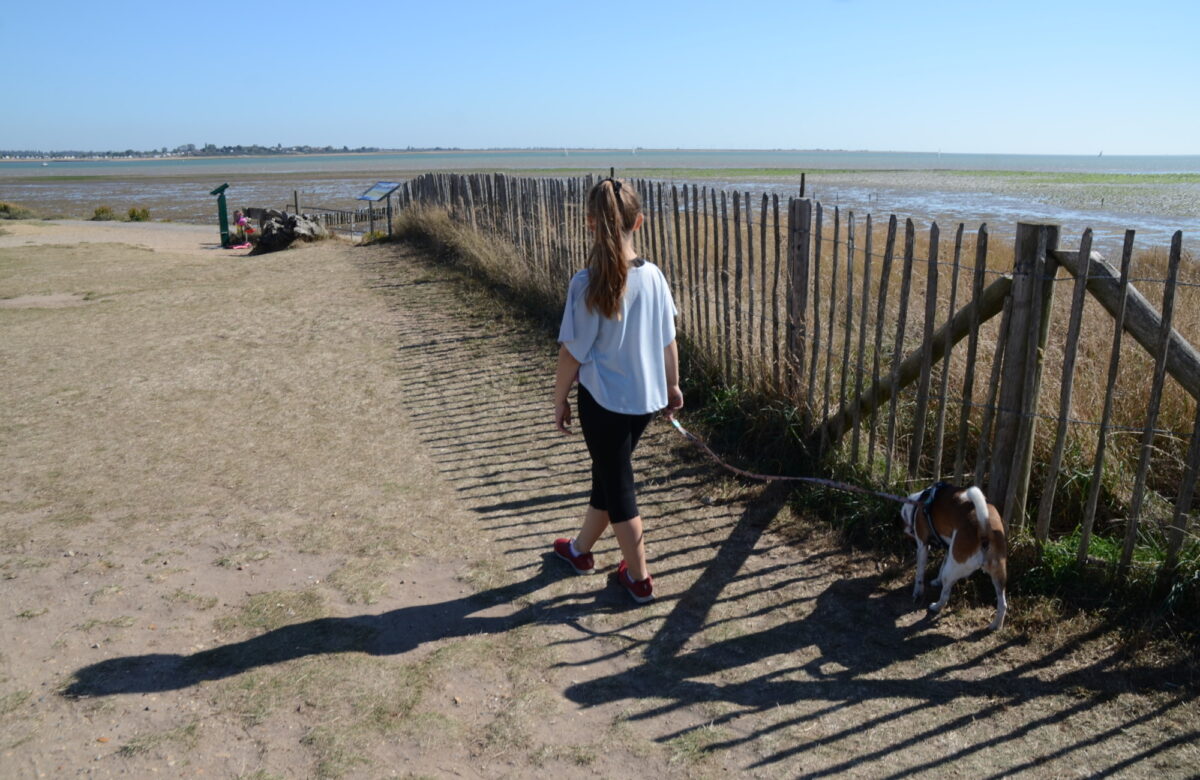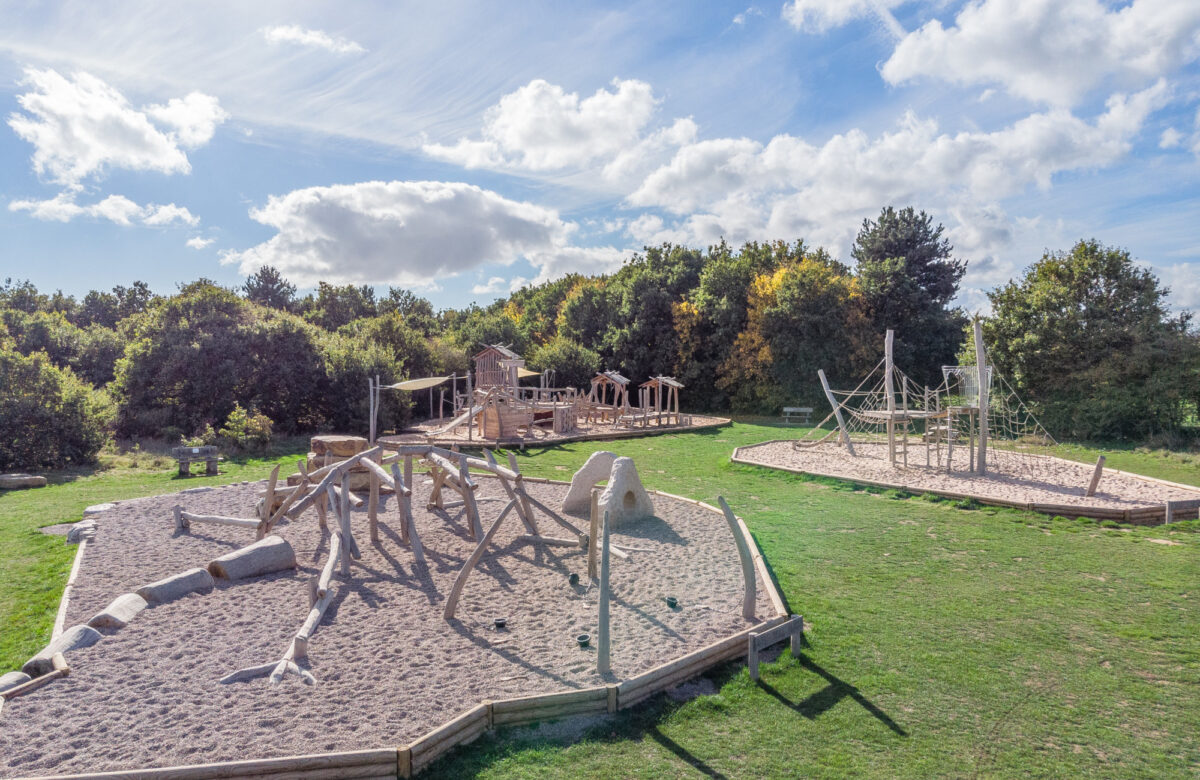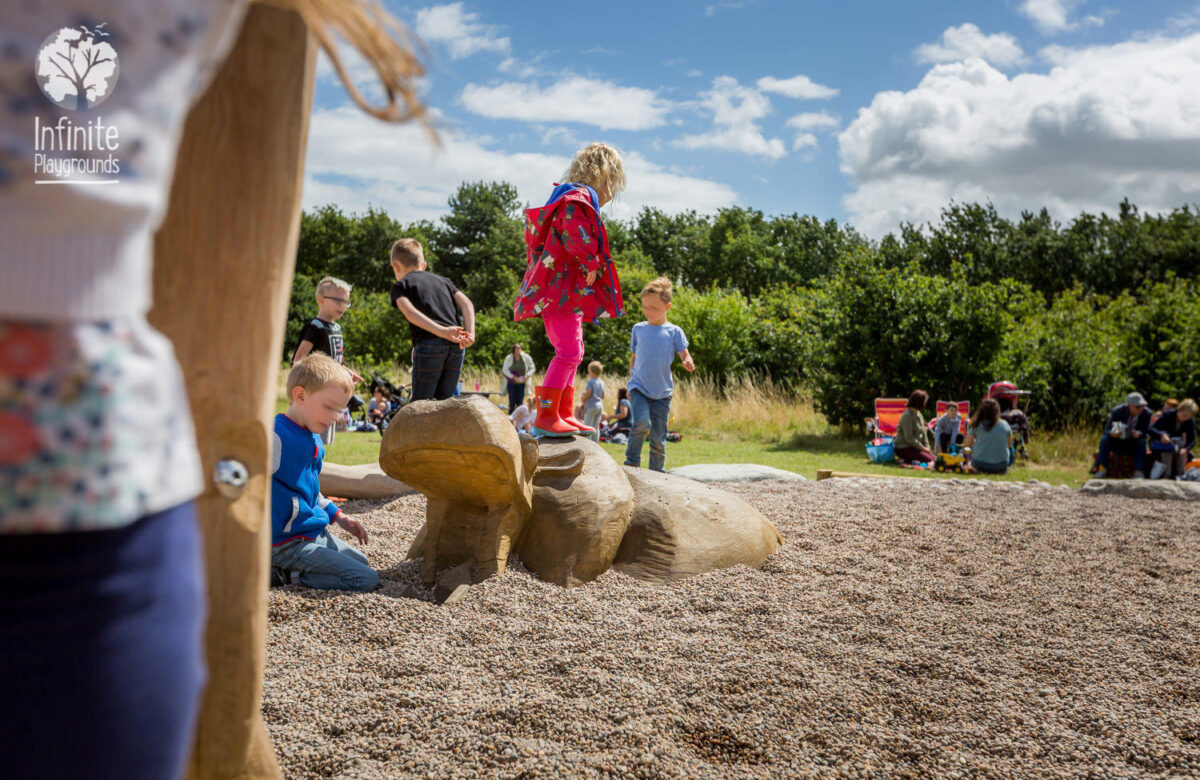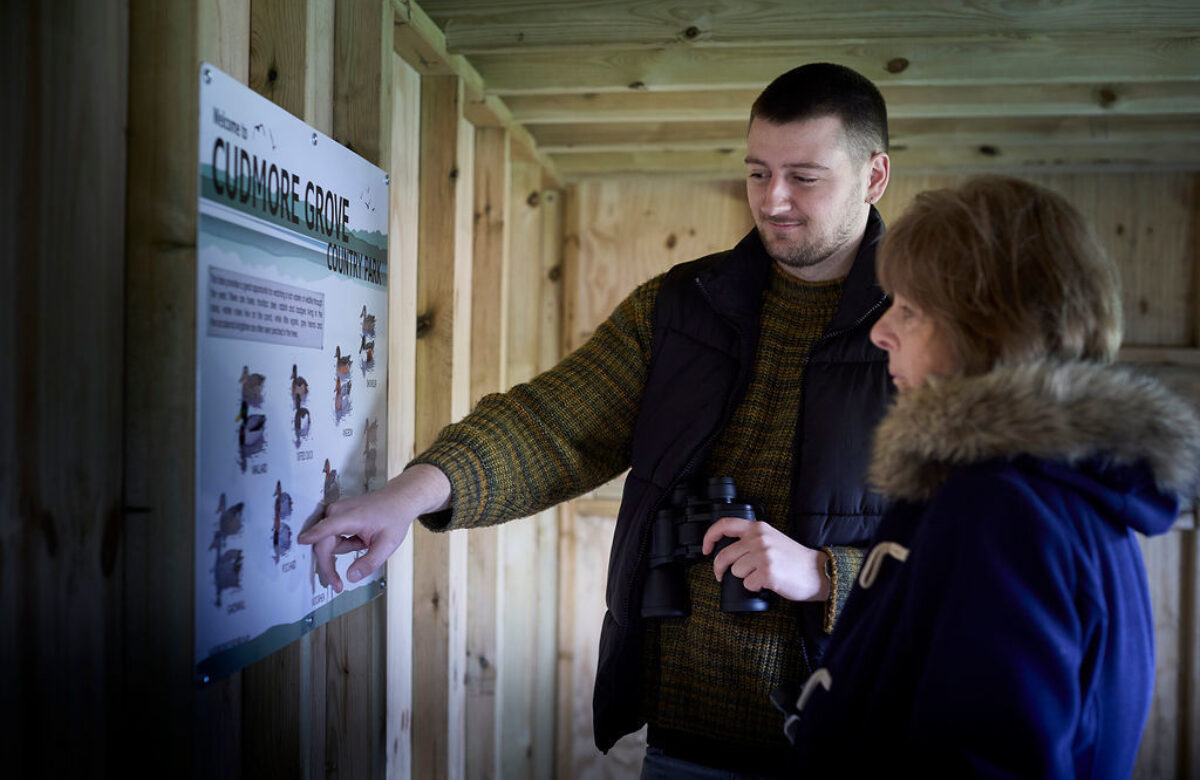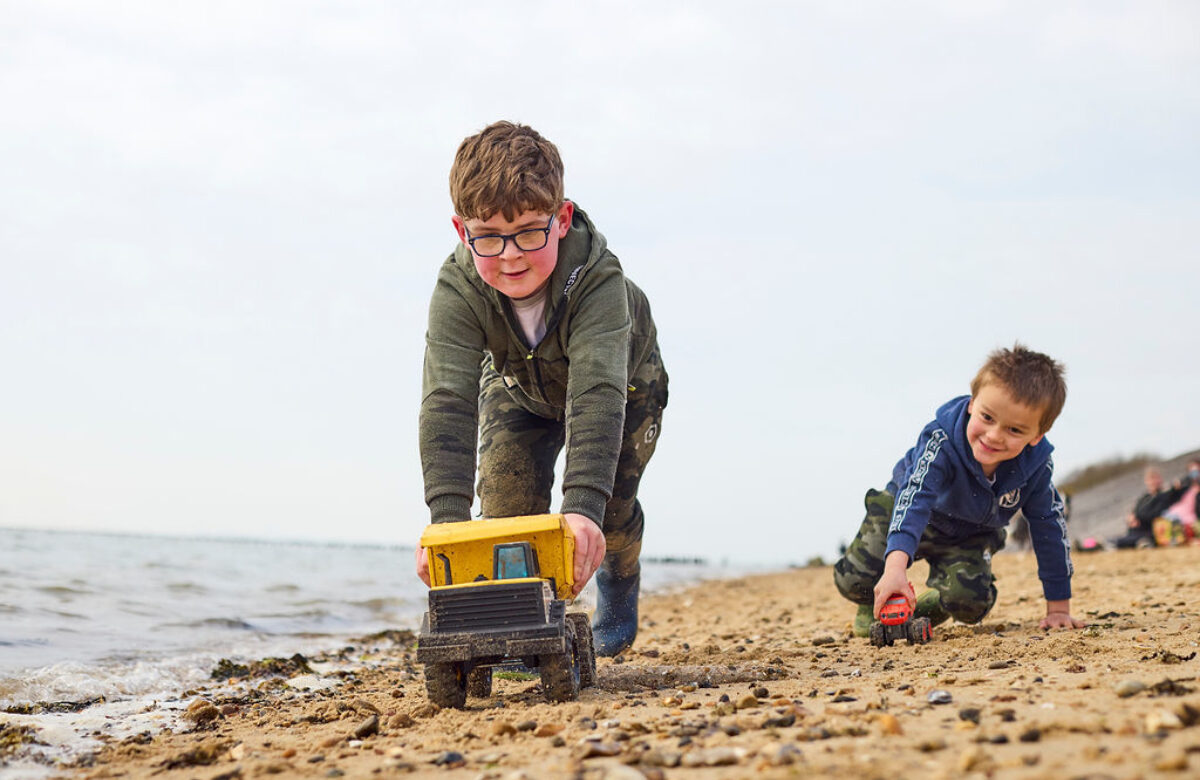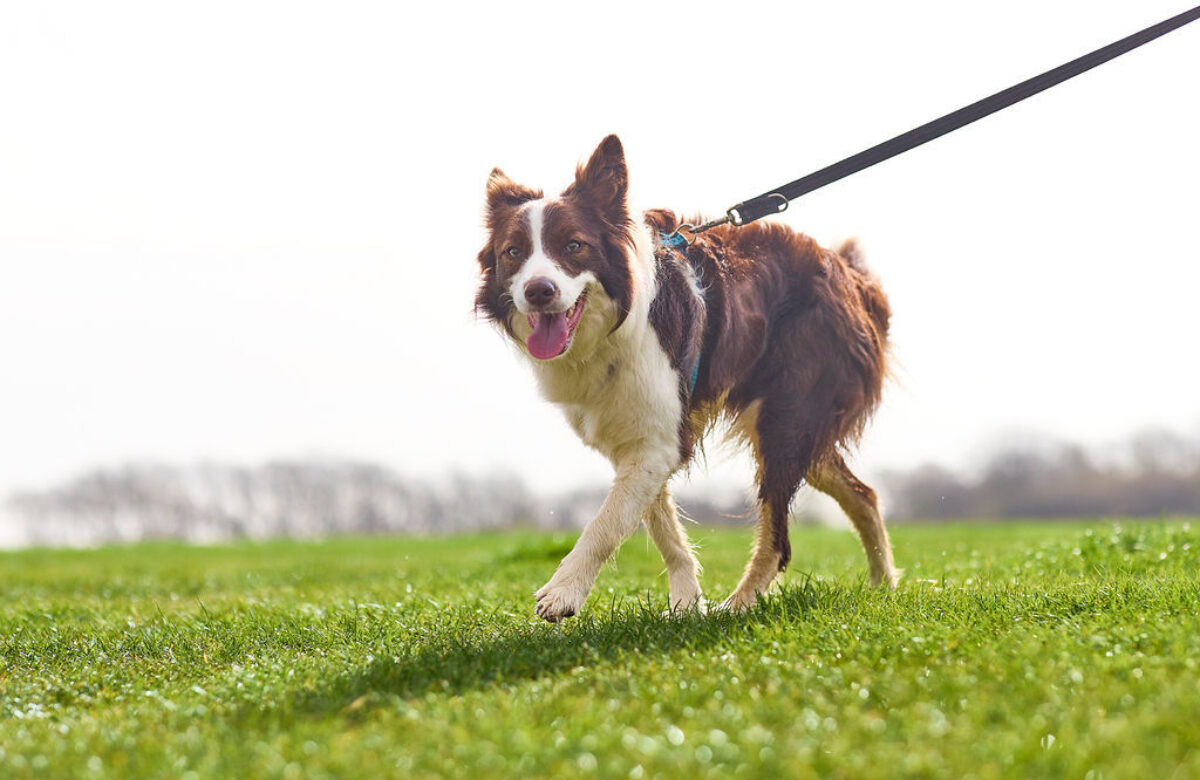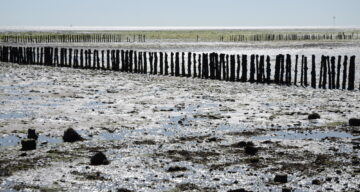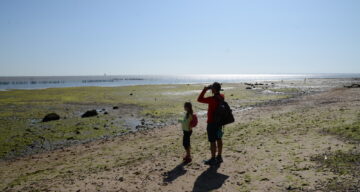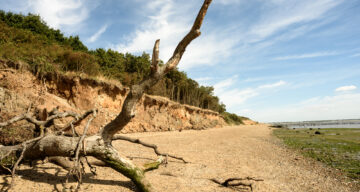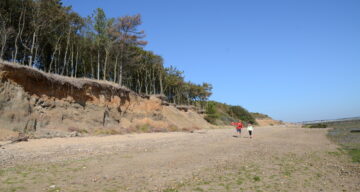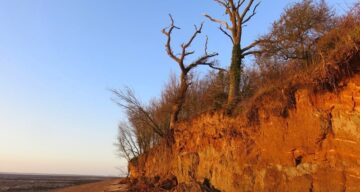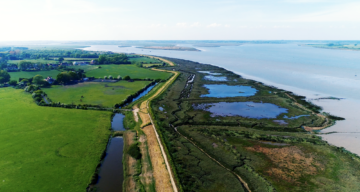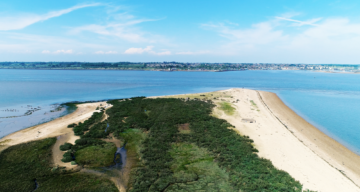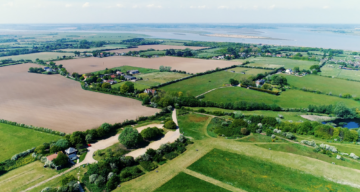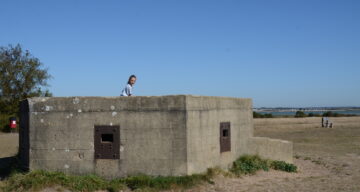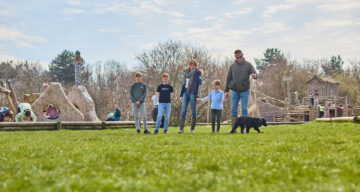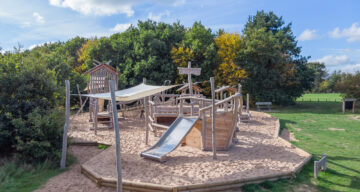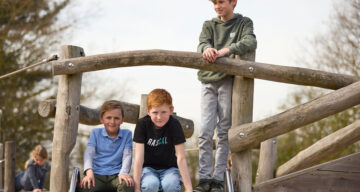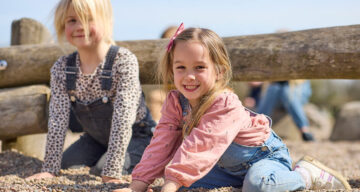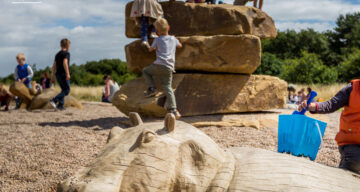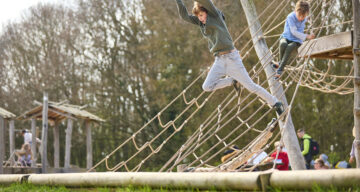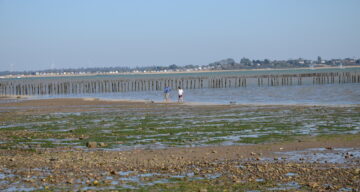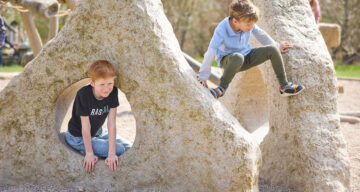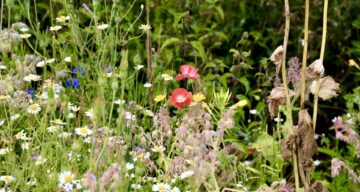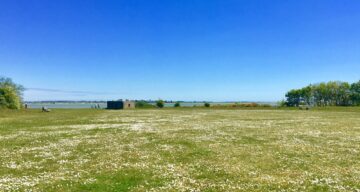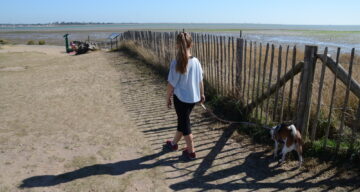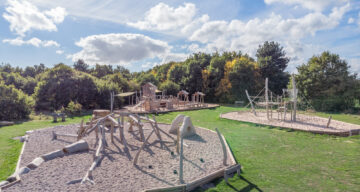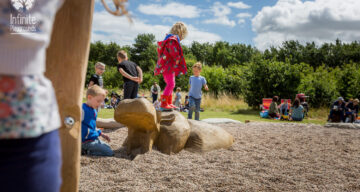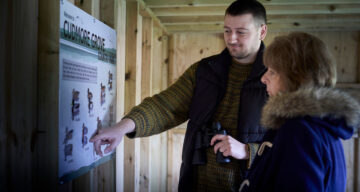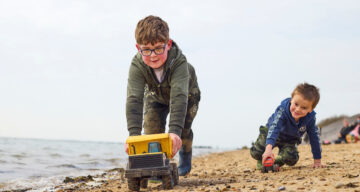Cudmore Grove Country Park
A nature reserve of over 102 acres of unique coastal landscapes and habitat and heritage features overlooking the Colne and Blackwater Estuaries.
At a glance
Introduction
Cudmore Grove is one of the Essex County Council group of country parks and proud recipient of the Green Flag award. Read more about the Green Flag.
Discover and download a map of Cudmore Grove.
Landscape Restoration and Nature Recovery at Cudmore Grove
Exciting landscape restoration and habitat creation works will start at the park in September 2025. Part of the wider programmes across the Essex Country Parks and supported by the government's Countryside Stewardship scheme.
Read more about what is happening and why at Cudmore Grove.
Please visit safely. Always:
- Keep dogs under control
- Respect other users on multi-use trails
- Keep away from the cliff edges
- Be water aware and supervise children and dogs near water and mud flats
- Keep off the ice in the winter
Cudmore Grove Country Park is an amazing nature reserve on Mersea Island covering over 102 acres. Nestled on the coast where the Colne Estuary meets the Blackwater Estuary, you'll find impressive views across the park and estuaries, sandy beaches and salt marsh, rolling grasslands and meadows buzzing with wildlife.
There is something for everyone whatever the season at Cudmore, from coastal walks and beach to a themed kid’s play area. It's the perfect place to paddle and picnic, birdwatch, beachcomb and let imaginations run wild with friends and family.
The park is designated as a Special Site of Scientific Interest, a Ramsar site, National Nature Reserve and Special Protection Area, a great variety of wildlife and wildfowl can be seen and heard.
The area is also rich in historic features including WWII pillboxes. Discover the remains of a blockhouse fort and a cliff that has produced 300,000-year-old fossils.
Did you knowthat Cudmore Grove was one of the film locations for Apple TV's The Essex Serpent starring Claire Danes and Tom Hiddleston? Read more in our blog here.
Activities
Walking
Cudmore Grove is a flat site with easy walking and some paths accessible for wheelchair users. Several miles of walking paths circle and cross the site, including the Sea Wall walk, crossing the grasslands and along the sides of the grazing marshes.
We welcome dog walkers at Cudmore however we do ask that dogs are kept under control. Read our Responsible Dog Walking Tips.
Wildlife and Bird Watching
Cudmore Grove Country Park provides an excellent place for bird watching, particularly in the winter season.
A wildlife hide overlooks the pond where you can often see wildfowl, foxes and rabbits. The low-lying grazing meadow is managed as a Site of Special Scientific Interest (SSSI) nature reserve attracting wading birds and ducks throughout the year.
Winter is the best season for birdwatching with sea-duck and grebes in the Colne estuary, up to 15 types of wader on the rich mudflats and maybe a glimpse of a hunting bird of prey like a peregrine or marsh harrier. On the grazing fields in winter, lots of wigeon and teal can be seen as well as large flocks of brent geese, while in the summer lapwings and avocet often breed.
Spring and autumn bring migrant birds such as warblers, wheatear and whinchat, maybe something rarer. Grass left long throughout the year attracts small mammals, skylarks, lizards and insects while kestrels and barn owls hunt over these areas.
On summer days up to 15 types of butterfly can be seen in a day feeding on the meadows and hedgerows. You may also need to watch out for adders hiding in the long grass!
Bird Hide
Enjoy a spot of bird watching at our new bird hide. Funded by a local park user, Essex County Council, two local trades people and a former ranger, the hide has been built on ‘ground screws’ to ensure longevity and is expected to boast a thriving living roof by next summer. In the summer months, visitors can expect to see Little White Egrets, whilst migratory birds such as Pochard and Shoveler ducks may be spotted in the winter. The hide can be found overlooking a pond to the north east of the car park.
Kid's Play
A themed play area has been specially designed and built for Cudmore Grove for children to enjoy, climb and play. This is situated close to the car park.
Fossil Hunting and beachcombing
The beaches are full of shells, particularly oyster, and the occasional lucky observer may even find a bronze age flint artefact, small mammal bone or shark’s tooth.
Please make sure you just look on the beach and keep away from the eroding cliffs.
Foot ferry to Brightlingsea
The foot ferry between Brightlingsea, Point Clear and East Mersea provides easy access for local people and visitors from early April to end of October. The boat’s ramp can be lowered for wheelchair users and cyclists. The crossing to Brightlingsea takes around 9 minutes.
See Brightlingsea Harbour for foot ferry sailing and fares.
Cycling and horse riding
There is a permissive bridleway and cycling route at Cudmore Grove, you can view this on the map.
Please note that the lane that gives access to the car park is not suitable for towed horse boxes, however, horses can be brought to the car park in lorry-style horse boxes.
Facilities
Toilets
Public toilets are located at the car park and next to the kiosk. These include disabled and baby change facilities.
Accessibility
You can find full Information on access to Cudmore Grove can be found on AccessAble, formerly Disabled Go.
Picnics
You are welcome to bring your own picnics to Cudmore Grove.
History
Cudmore Grove has several features of ancient and more recent historic importance.
Interglacial
Well known for its ancient prehistoric geology, the cliffs at Cudmore Grove Country Park provide superb sightings of gravels laid down by the Thames-Medway river during a glacial period 300,000 years ago. Organic sediments at beach level sometimes yield fossils, including fossil wood and mammal bones, most probably from an interglacial period. Also exposed on the foreshore are deposits from a more recent interglacial period, the Ipswichian interglacial (120,000 years old). Cudmore Grove is also known as the 'hippo site' due to the presence of hippopotamus bones.
Romans
The island of Mersea has been inhabited since pre-Roman times. It was used as a holiday destination in Roman Britain for occupants of Camulodunum (Colchester).Fishing has been a key industry on the island since then,particularly oysters,and along with tourism makes up a significant part of the island's economy. The Church of St Edmund in East Mersea dates from around the 12th or 13th centuries.
Tudor Blockhouse
In a commanding position on the south bank of the mouth of the Colne estuary, on salt marsh between the present beach and the sea wall lie the remains of a Tudor blockhouse include an earthwork of a roughly triangular plan. Now a scheduled monument.
The blockhouse was commissioned by Henry VIII in 1543. It was one of three structures located to protect the strategically important Colne estuary. The other blockhouses, situated on the Colne at St Osyth and Brightlingsea, are no longer visible, though they would originally have been operated in conjunction with the fort at Mersea Stone. The monument at Mersea Stone is well documented and is of particular interest because of its method of construction. Read more on Historic England.
17th Century
Walks along the sea wall pass the remains of the 17th century blockhouse fast being lost to the sea.
The Tudor blockhouse was repaired to counter the Armada in 1588 and again in 1631, when Dunkirkers threatened the Essex coast. It played a part in the Civil War, in 1648, when it was captured by a small number of Parliamentarian dragoons, allowing their men to sail up the Colne during the siege of Colchester. At this time it was repaired once again, its ramparts being reinforced with turf. In 1655 Cromwell ordered its demolition but the owner of the land forbade its destruction.
Fishing grew in importance on the island during this time, with numerous fish weirs being installed. During the 16th and 17th centuries, Dutch and French settlers arrived on the island. Some locals supplemented their income from the oyster trade by smuggling,which remained popular until the mid-19th century.
WWII
At the outbreak of World War II, the island became part of the front line for invasion and was heavily fortified. Along with other coastal resorts, the island drew in evacuees from London, though as the war progressed, these were moved to safer settlements further inland.2000 troops were stationed on the island to guard against invasion
Part of a golf course between the wars, Cudmore Grove became a defence site during WWII. Visitors can follow the WWII heritage trail to learn more about the wartime structures visible in the park, which include several pillboxes and gun emplacements.
After WWII, the land was farmed until purchased by Essex County Council in 1974 as a site for recreation, and historic and conservation importance.
Image gallery
Featured events at Cudmore Grove

Parkrun: Cudmore Grove Country Park
Free, weekly 5km timed runs.
- Dates:
- January 10, 2026
- January 17, 2026
- January 24, 2026
- January 31, 2026
- February 7, 2026
- (continued …)
- Venue: Cudmore Grove Country Park
- Times: 9:00am - 10:00am
- For adults
- Price: Free
Where to find us
Featured events at Cudmore Grove

Parkrun: Cudmore Grove Country Park
Free, weekly 5km timed runs.
- Dates:
- January 10, 2026
- January 17, 2026
- January 24, 2026
- January 31, 2026
- February 7, 2026
- (continued …)
- Venue: Cudmore Grove Country Park
- Times: 9:00am - 10:00am
- For adults
- Price: Free
Explore Essex
Search our parks and places to plan your perfect day out
Venues you may be interested in...
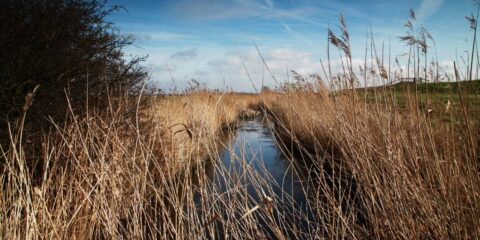
Marsh Farm Country Park
A 300-acre country park adjacent to the River Crouch, offering scenic walks with fantastic views over the country park and the river.
- South Woodham Ferrers, , Chelmsford , CM3 5WP

Great Notley Country Park
Home to Essex's longest play trail and Sky Ropes, Great Notley Country Park offers the perfect family day out.
- Braintree, Great Notley, CM77 7FS

Essex Record Office
The storehouse of Essex history, discover documents, images, and recordings that together tell the story of nearly 1,000 years of our county's past.
- Wharf Road, Chelmsford, CM2 6YT
